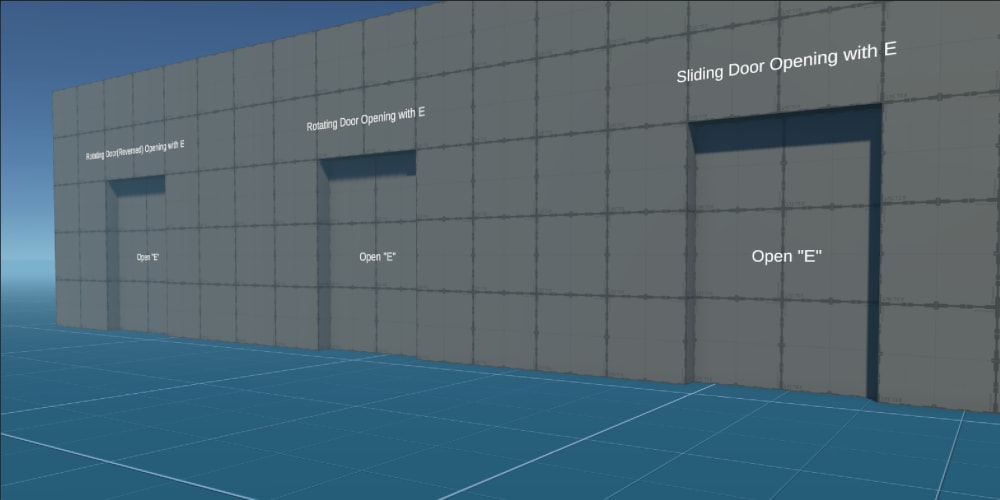To configure AWS S3 bucket storage in a Django project, you need to use the boto3 library and Django's storages module. Here's a step-by-step guide:
Step 1: Install the Required Packages
Install the boto3 and django-storages packages.
pip install boto3 django-storages
Step 2: Update Django Settings
In your settings.py file, configure Django to use S3 for file storage.
- Add storages to INSTALLED_APPS:
INSTALLED_APPS = [
...
'storages',
]
- Add AWS S3 Bucket Configuration:
# AWS S3 Bucket Configurations
AWS_ACCESS_KEY_ID = 'your_aws_access_key'
AWS_SECRET_ACCESS_KEY = 'your_aws_secret_key'
AWS_STORAGE_BUCKET_NAME = 'your_bucket_name'
AWS_S3_REGION_NAME = 'your_region' # e.g., 'us-west-1'
# S3 static and media file settings
AWS_S3_CUSTOM_DOMAIN = f'{AWS_STORAGE_BUCKET_NAME}.s3.amazonaws.com'
# Static files configuration (optional if you want to store static files on S3)
STATICFILES_STORAGE = 'storages.backends.s3boto3.S3Boto3Storage'
STATIC_URL = f'https://{AWS_S3_CUSTOM_DOMAIN}/static/'
# Media files configuration
DEFAULT_FILE_STORAGE = 'storages.backends.s3boto3.S3Boto3Storage'
MEDIA_URL = f'https://{AWS_S3_CUSTOM_DOMAIN}/media/'
Make sure to replace your_aws_access_key, your_aws_secret_key, your_bucket_name, and your_region with your actual AWS credentials and S3 bucket details.
Step 3: Create S3 Bucket and Set Permissions
Create the S3 bucket in your AWS Console.
Set appropriate bucket permissions to allow access to static and media files.
You can add the following bucket policy to grant public read access:
{
"Version": "2012-10-17",
"Statement": [
{
"Sid": "PublicReadGetObject",
"Effect": "Allow",
"Principal": "*",
"Action": "s3:GetObject",
"Resource": "arn:aws:s3:::your_bucket_name/*"
}
]
}
Step 4: Collect Static Files
If you're using S3 for static files, run the following command to collect all static files and upload them to S3:
python manage.py collectstatic
Now, your Django project is configured to use AWS S3 for storing media (and static, if configured) files.
Step 5: Testing
You can test by uploading media files through your Django application and confirming they are being stored in the S3 bucket. You should be able to access them via the URLs defined in your MEDIA_URL.


















